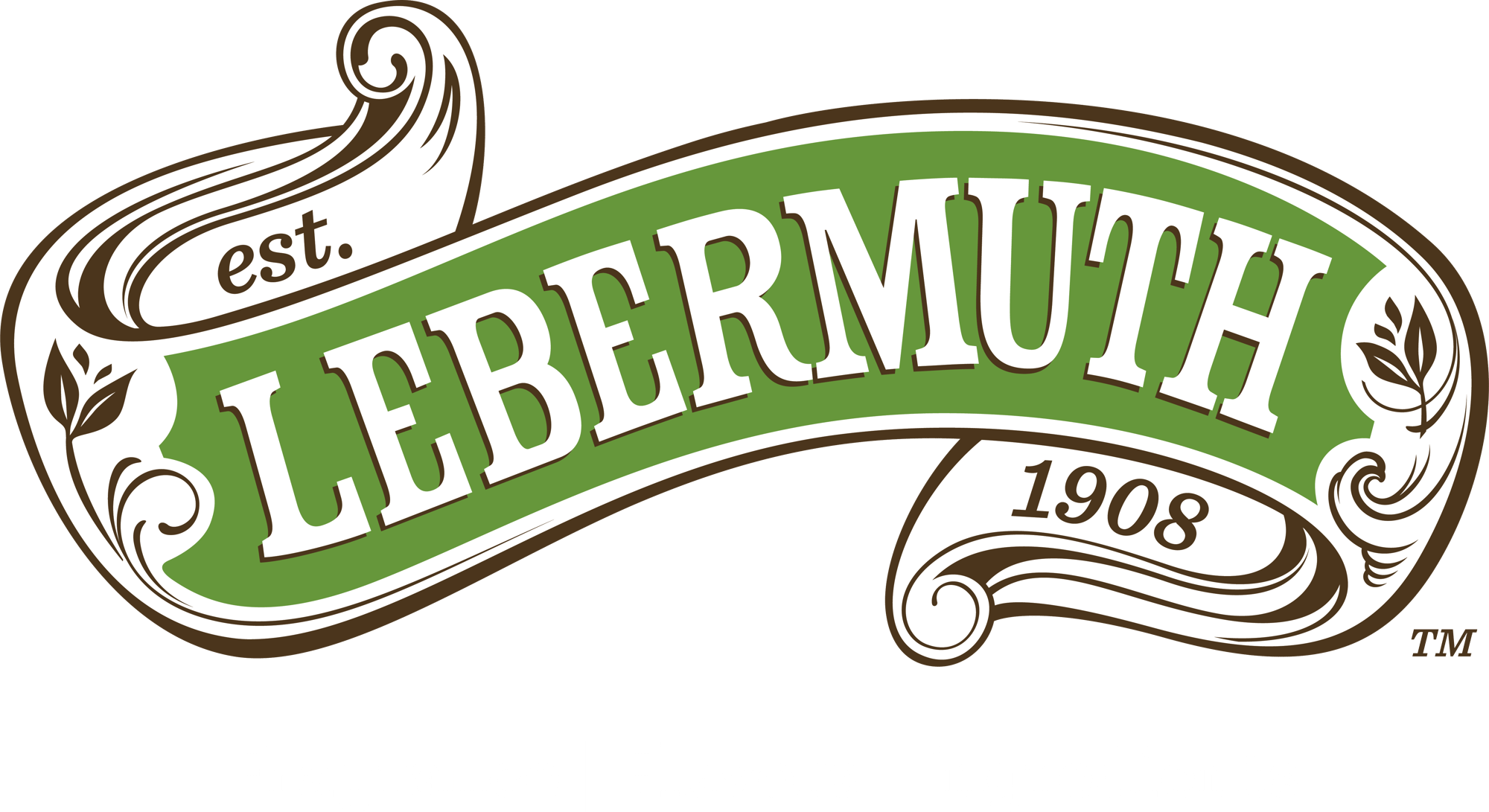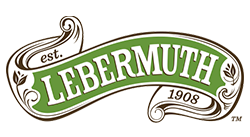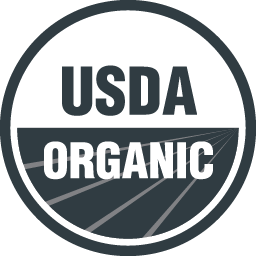Peppermint Farm Visit in Willamette Valley Oregon
by Lebermuth, on Sep 17, 2019
Lebermuth took a trip to Willamette Valley Oregon to visit one of our Peppermint Oil growers to learn more about the 2019 mint harvest.
Lebermuth has partnered with this family for many years. They currently harvest 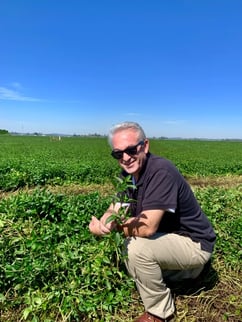 nearly 350 acres of peppermint as part of the basket of crops they produce which include snap peas, sweet corn and grass seed. The visit was fanatic, they gave us a complete tour of their operations which included swathing the mint hay into windrows, chopping and collection of mint hay into the mobile tubs which were taken to the still to be turned into the essential oil. We watched as the mint hay was steam distilled, condensed, and separated into a powerful, sweet mobile liquid flowing into the 55 gallon drums to be shipped back to Lebermuth.
nearly 350 acres of peppermint as part of the basket of crops they produce which include snap peas, sweet corn and grass seed. The visit was fanatic, they gave us a complete tour of their operations which included swathing the mint hay into windrows, chopping and collection of mint hay into the mobile tubs which were taken to the still to be turned into the essential oil. We watched as the mint hay was steam distilled, condensed, and separated into a powerful, sweet mobile liquid flowing into the 55 gallon drums to be shipped back to Lebermuth.
| CEO & President Rob Brown |
2-STEP PROCESS TO HARVEST PEPPERMINT
- First the crop is cut, and neatly put in to windrows, just like hay. These long windrows are left on the field for up to 24 hours to dry. Peppermint is stem distilled so allowing the crop to dry improves the burn & evaporation rate.
- Once the crop is dry, a tractor sweeps over dry windrows to vacuum the mint hay into a mobile collection unit, commonly called a tub. Tubs vary in size but they usually hold between 1000 -2000 pounds of dry bio-mass, which gets sucked up into the tub and transported back to the distillation facility to be distilled into peppermint oil. The smell is AMAZING!
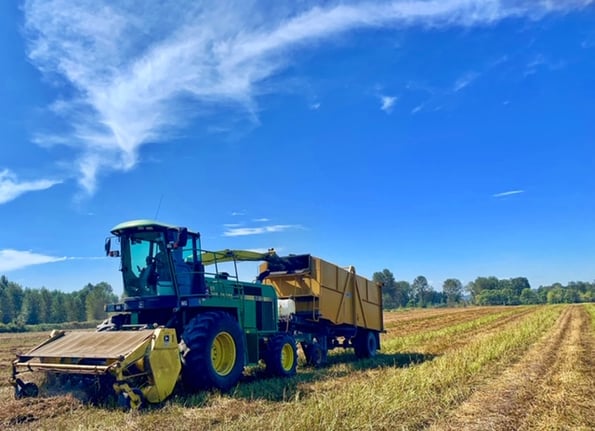
INCONSISTENT WEATHER PATTERNS DELAYED CROP
Northwest’s weather started off with some ups and downs this year. Due to late storms in February and a cold March, the peppermint growth was set back about two weeks. The producers had their first cut in July, just before bloom, and performed their second cut in early September, which normally occurs in August.
The producer, with the advice of the Mint Dealer, decides on the optimum time to cut their crop. Often this decision is based on the target menthofuran levels expected by the dealers and consumer goods companies. Menthofuran is dependent on the amount of purple bloom seen in the field. It is these purple buds on the peppermint plant that contain menthofuran. Low menthofuran peppermint oils typically comes from fields that have been harvested where there is little visible bloom around 20% bloom. High menthofuran peppermint oil comes from fields that are in full bloom. Usages for high furan peppermint oil include hard candy, mouthwash, toothpaste and fragrance. Chewing gum, chocolate and some oral care products require a lower menthofuran or very smooth peppermint flavor profile.
- The average essential oil yield of peppermint in the Willamette Valley is 90-110 lbs. (40-55 kg) per acre
- The average dry material yield of peppermint is 1-2 tons per acre
At this time, we expect the yield of US peppermint crop to be on par with 2018 and prices to remain the same.
THE LEBERMUTH DIFFERENCE
At Lebermuth, we partner with qualified producers around the world for our supply of quality ingredient which further help to solve our customers ingredient challenges and support their brands.
Since 1908, The Lebermuth Company has been a leader in Mint, it is our passion. Our knowledge, expertise and capabilities allow us to go beyond distribution mint oils and into the creative formulation that distinguishes one mint flavor from another.
